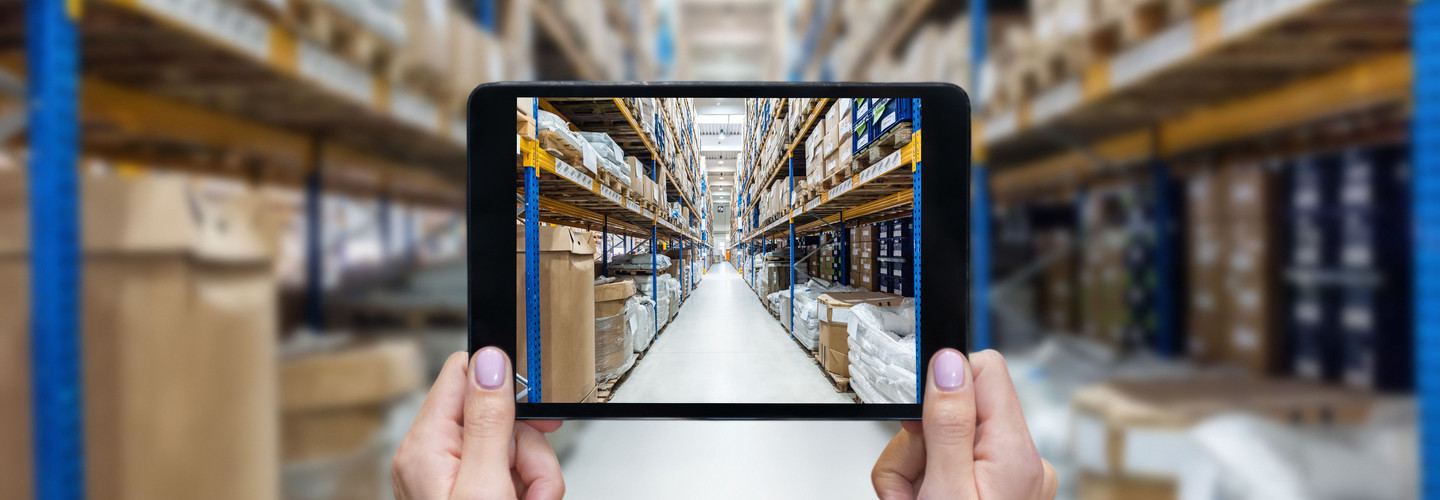As America’s retail leaders depart from NRF 2022: Retail’s Big Show, they return to an industry riddled with problems but also blessed with advantages. Inflation is high, forcing tough decisions about how much of the burden to pass on to consumers and how much to absorb themselves. Supplies of many goods are low, and stores are increasingly difficult to staff.
On the bright side, sales have been high, as shut-in consumers opt to spend money on products instead of entertainment.
Several themes emerged during the conference about the state of the industry and its near-term direction.
NRF 2022: Follow BizTech's coverage of Retail's Big Show.
1. Physical Stores Gain Renewed Focus
There’s no telling when (or if) the pandemic will be over, but two things are clear: Consumers have expressed a desire to get back into stores, but in-person shoppers are the consumers about whom retailers have the least reliable data.
“Retailers have been very good on the data side from an operational perspective,” explains David Dobson, the global industry director for retail, hospitality and consumer goods with Intel, in an interview. “The data retailers collect is really about tracking process and activities. But it hasn’t been very good about tracking that key piece of information about what shoppers do in the store.”
Expect changes to stores in 2022 and beyond, Dobson says. Retailers will deploy modernized checkout technology that allows shoppers to scan and purchase items using a cellphone and skip the checkout line. This tech will make shopping more convenient while giving merchants insight into shopper activity. Smart shelves that detect when an item has been removed, improving the restocking process, are also coming. Advanced video surveillance equipped with artificial intelligence that can assist with loss prevention while giving managers insight into store traffic patterns is also on deck.
To make it all happen, retailers who haven’t done so will need to modernize their technology infrastructure at the edge, Dobson says. “I’ve worked in the retail space for 30 years, and the constant conversation has been, ‘How do we simplify everything that we do at the edge?’ The reality is that the edge gets more complicated, and there’s more requirements for technology,” he says.
The key is to deploy flexible architecture at the edge, capable of handling new requirements as circumstances change.
Click the banner below to follow the latest insights from top voices in the industry.
2. The Cloud Is Imperative for Data-Intensive Retail
Retailers must increasingly integrate cloud and edge computing architectures to deliver store-based innovations. The good news? The industry long ago embraced technology as critical to its future, and the pandemic accelerated innovation across the industry.
“What I’m seeing that’s really different is the speed and pace of the deployment of digital tools,” said Shelley Bransten, Microsoft’s corporate vice president of global retail and consumer goods. “We’re seeing a lot of our retail customers acting in some ways like tech companies do, in terms of adopting technology, putting it into market and being more nimble.”
Bransten said Microsoft’s Azure Cloud for Retail, which becomes generally available Feb. 1, will allow companies to manage their data more effectively and holistically, breaking down data silos.
3. AI Will Be Retail’s Most Important Asset in 2022
As Bransten noted, retailers have long been awash in data; the challenge has always been data management and analysis. What is the best way to unify data coming from different sources so that back-end systems talk to one another and detailed profiles of customers, who interact with retailers in multiple ways, can emerge?
Karl Haller, partner at IBM’s Consumer Center of Competency, recalled in an interview shopping in a major retailer’s flagship New York store and noticing that images were failing to load on digital signage while a clipboard-quipped employee counted inventory by hand.
Those are both examples of the same problem, he says: “There are individual systems that do not connect effectively to the middle and back-end system where the data resides.”
Artificial intelligence is a key solution likely to help retailers unify and connect their data more effectively while going a long way toward solving a raft of other challenges, from staffing shortages to the challenge of effectively setting prices amid high inflation and managing supply chains.










